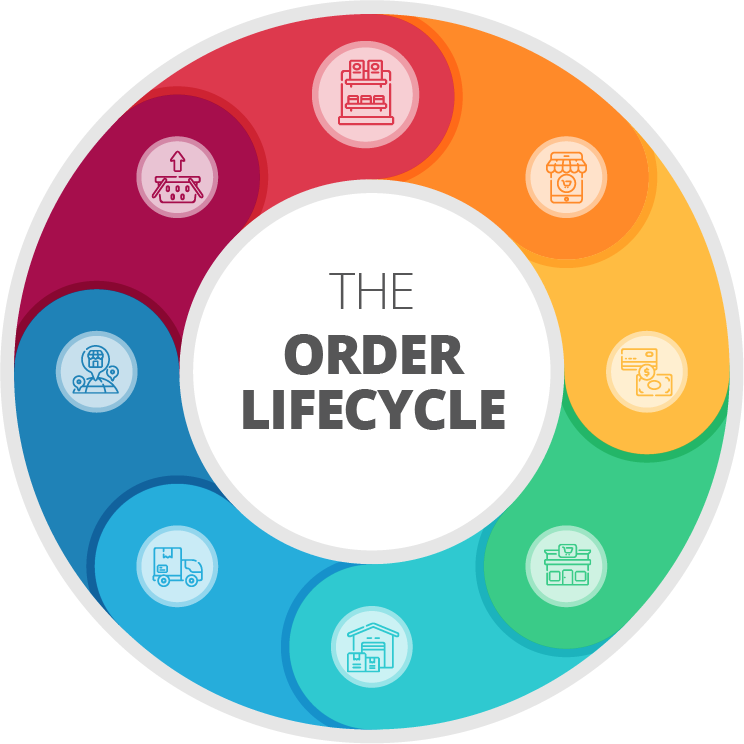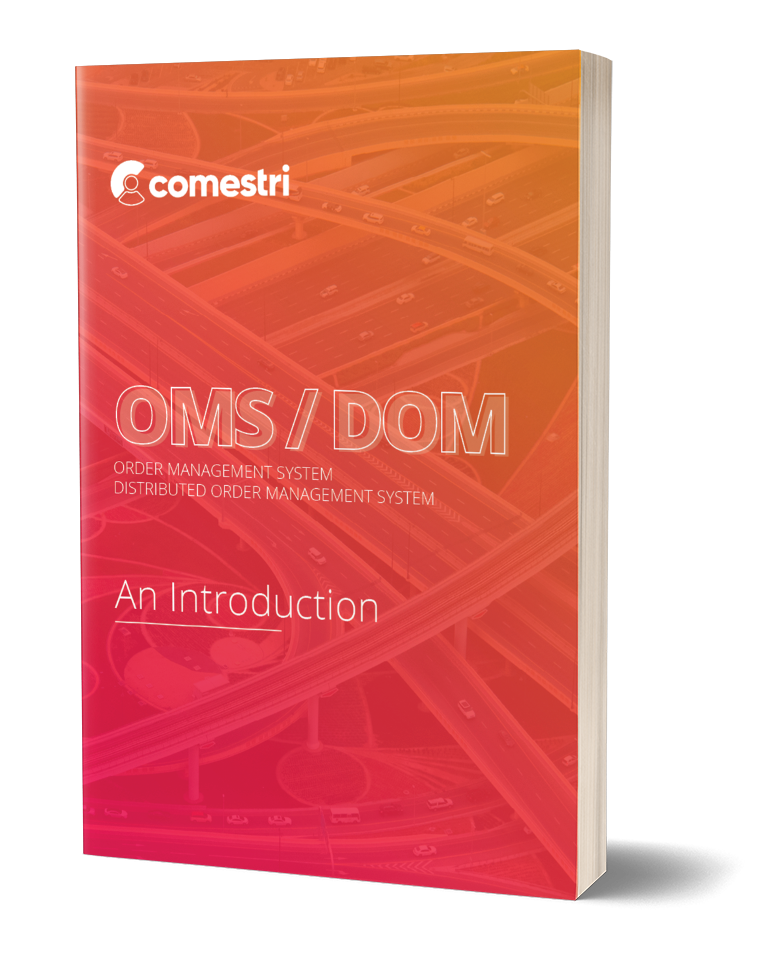What is an Order Management System?
What is an Order Management System?
An OMS (or Order Management System) is a platform or system to manage and track sales, orders, inventory and fulfillment from all sales channels. It automates and streamlines all the processes involved from when an order is placed through to delivery and returns.
A robust order management system for ecommerce provides a centralised view of everything that’s ‘available to sell’, tracks order allocations, manages buffer stock and provides real-time stock availability to all sales channels to protect against overselling.
Successful retail businesses rely on efficient, flexible and intelligent order management systems to meet and exceed customer expectations.
An Order Management System is a powerful tool for ecommerce; a seamless order management process is integral to a positive customer experience.
What’s the difference between an Order Management System and a Distributed Order Management System?
A Distributed Order Management (DOM) System also includes a single, global view of real-time inventory and inventory locations. This additional layer of intelligence allows retailers to truly optimize their inventory allocation, fulfillment and distribution. In its most basic form, the Distributed Order Management System can fulfil a customer order from any location, based on predefined rules such as product availability, customer location and business priorities (fastest shipping, lowest shipping cost, etc.).
Incredibly sophisticated rules make fulfillment smarter. Optimising fulfillment processes reduces costs and delivery time by shipping from the closest location with stock on hand.
Live inventory within a distributed order management system also powers omnichannel features such as
Click & Collect
Ship from Store
Drop Shipping
Endless Aisle
Instore Returns

Ready to leap into a Distributed Order Management System?
Check out out Infographic to see if you’re ready!
How Order Management System Work in Ecommerce
For a seamless ecommerce experience, all systems (both internal and external) must be able to work together. As the operations nerve centre, an Order Management System will help optimise processes and communication for all touchpoints, collaborators and partners along the order lifecycle. It’s the central hub to view, manage and fulfill all customer orders.
An Order Management System touches every point of the order lifecycle:

Benefits of an Order Management System
1. Optimised order management and fulfillment processes drive an exceptional customer experience.
As the one source of truth across your entire supply chain, a DOM system provides real-time inventory across all sales channels. Customers have access to a wider range of products as every item of inventory is available to sell, no matter where it’s located. Being real-time, there’s no risk of stock-outs and the customer can be confident that the item they’re purchasing will be delivered to them as promised. Adyen estimates the business impact of out-of-stocks in Australia to be worth $14bn, with 83% of shoppers choosing to leave a store due to an item they wanted being out of stock.
Retail assistants in-store are empowered to sell stock not available in their store but available elsewhere in the network, and ship it directly to the customer.
39% of consumers claim that the ability to order and pay for out-of-stock items and have them shipped to their home would encourage them to shop more in-store, and 39% say that the ability to check whether an item is available online before going to a retailer would increase their loyalty.
Customers demand choice at the checkout. It’s not enough to just offer free shipping; delivery options in the cart are expected. An integrated DOM solution powers this, giving options such as express shipping (2-hr, overnight, 2 day. etc) and click & collect.
With automated workflows and intelligent rules, orders are turned around more efficiently and delivered to the customer sooner at a lower cost. Constant communication throughout the fulfilment process gives them peace of mind and confidence their order is on it’s way to them.
Leveraging cross-channel technologies to provide a truly omnichannel experience for the customer not only builds brand loyalty, but also recaptures lost opportunities.
2. An integrated solution gives you the flexibility to support multiple channels, fulfillment methods, fulfilment locations and return points
Retail stores, warehouses, DC’s and drop ship locations are all integrated into a DOM solution, meaning more automation, higher order accuracy and better reporting.
43% of retailers rank inventory management as their number one challenge. Tracking inventory accurately across all channels is vital for maintaining a flexible and dynamic system, giving you the ability to adapt easily to changing market conditions and offer a seamless customer experience.
Business priorities define automated fulfillment rules, such as inventory availability, stock buffers, lowest total delivered cost, etc. These intelligent fulfilment rules control optimal routing decisions, saving costs, ensuring adequate stock levels are kept and getting the order to the customer in the most efficient way possible.
Completing the order lifecycle is returns. 86% of consumers would like the ability to return online purchases in-store, an omnichannel feature made possible with an integrated DOM solution.
73% of online shoppers – nearly three in four – say that the returns experience affects their likelihood to buy again from a particular retailer.
Coupled with a PIM (Product Information Management solution), an OMS or DOM solution is the ultimate tool to achieve retail success.
3. Lower costs, more customers and more repeat purchases
Cost efficiencies can be found across the entire order lifecycle, from reduced errors and manual handling, higher order accuracy, optimised fulfilment and lower delivery costs.
Complete visibility and better reporting capabilities help identify further fulfillment cost-saving opportunities, ensuring the entire process is as efficient as possible.
By providing a better customer experience through a seamless omnichannel solution, conversions, loyalty and repeat purchases will increase. Giving customers what they want is the key to success. Adyen reports that more than half (51%) of Australian consumers had made a purchase they didn’t initially intend to make as a direct result of a retailer offering cross-channel buying options, resulting in $8bn in new sales annually.
>> Check out more business benefits for an OMS here.
Like to learn more about Order Management Systems and Distributed Order Management Systems? Download our
eBook: An Introduction to OMS / DOM Systems


